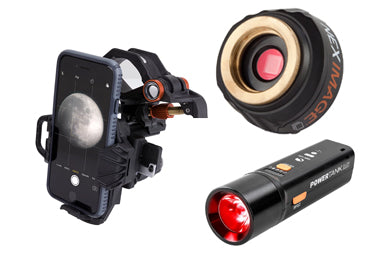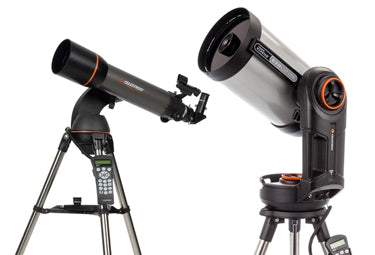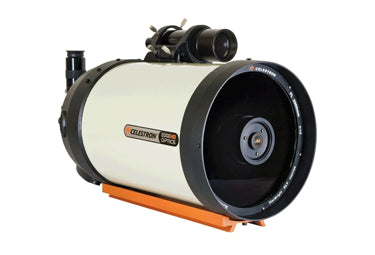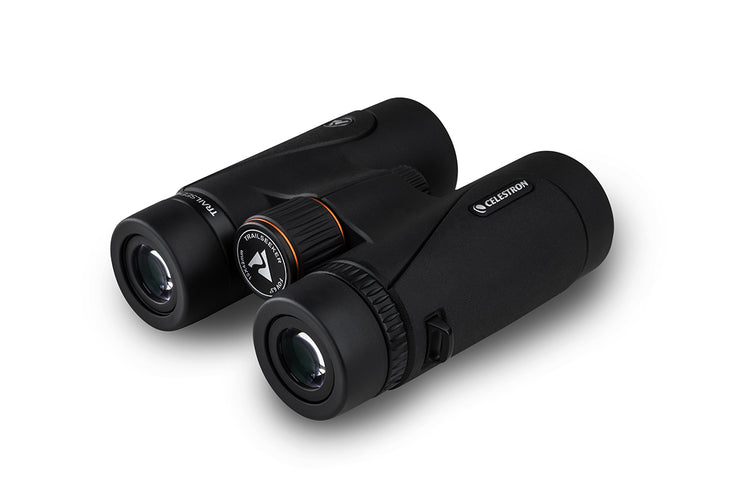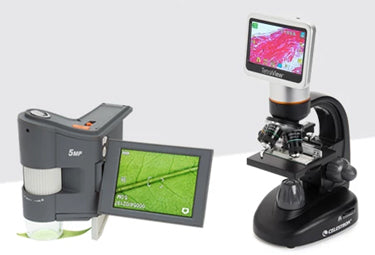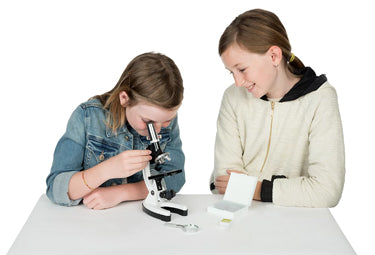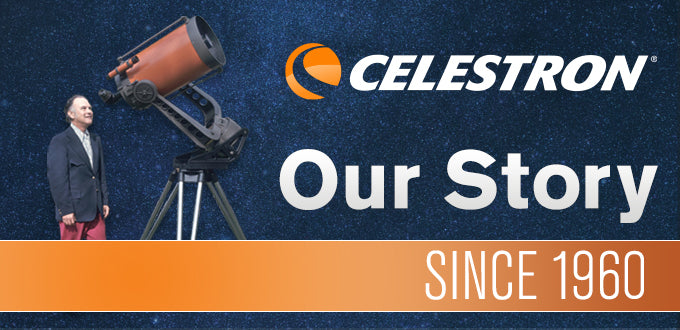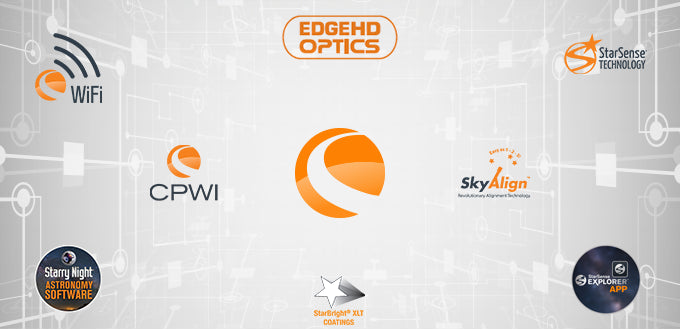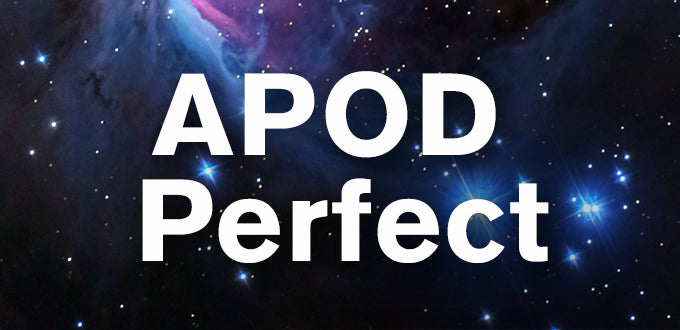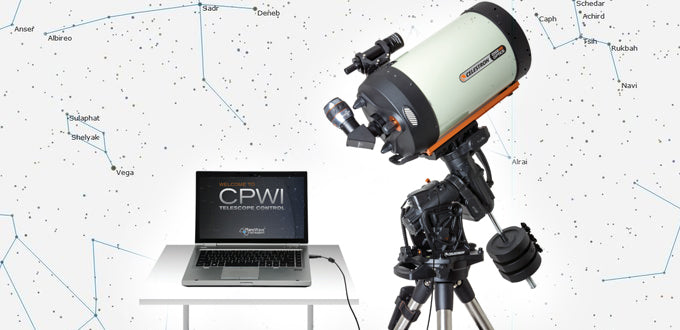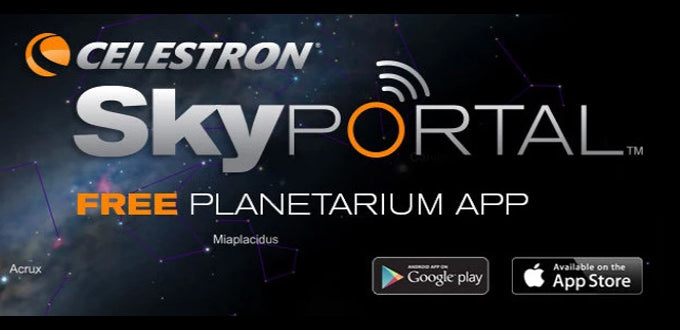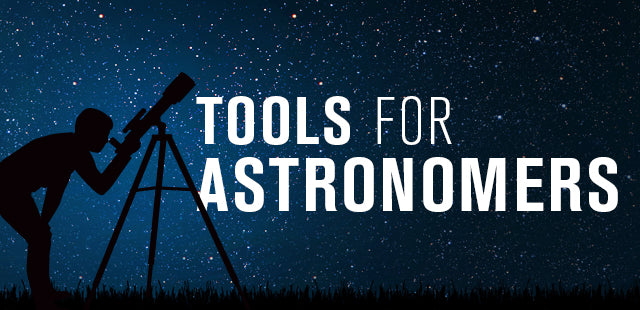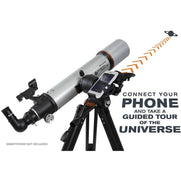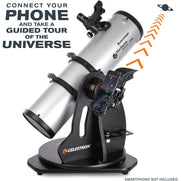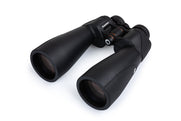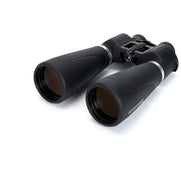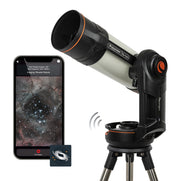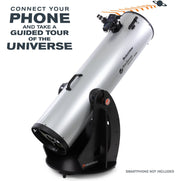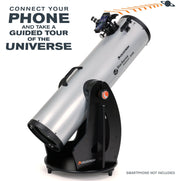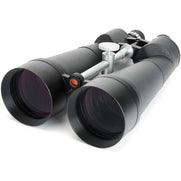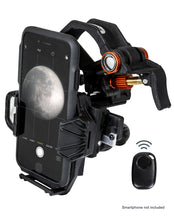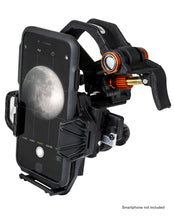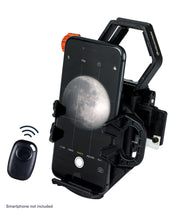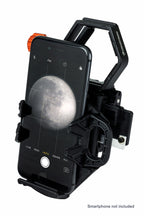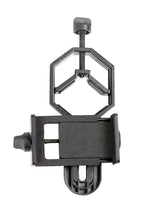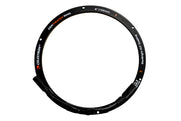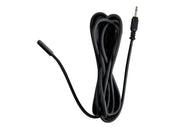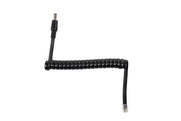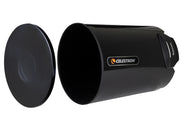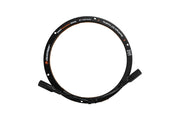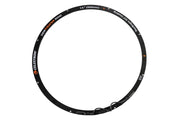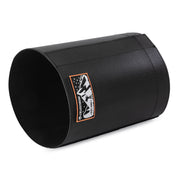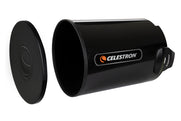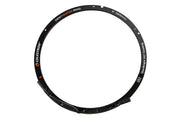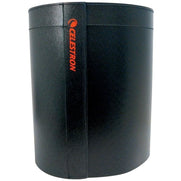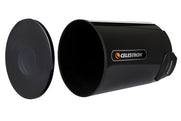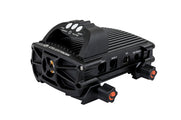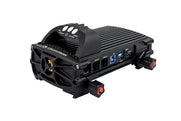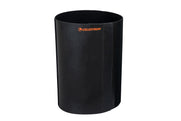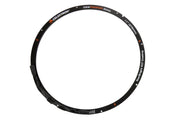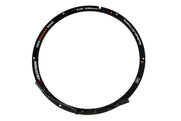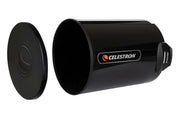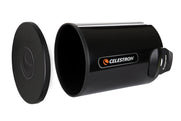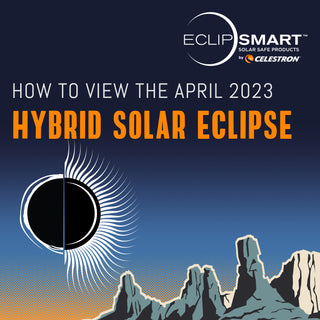How to View the Comet C/2022 E3 (ZTF)
January 10, 2023

If you're a sky-watching enthusiast, news of the brightening comet C/2022 E3 (ZTF) passing through our inner Solar System has undoubtedly piqued your interest. As we begin 2023, the bright green "dirty snowball" composed of dirt, ice, and rock is making its only appearance in our sky in recorded history! According to astronomers, this comet last visited the inner solar system about 50,000 years ago.
If C/2022 E3 (ZTF) continues to brighten as it has been, it may become the first naked-eye comet since Comet Neowise made its surprise appearance in 2020. Recent images show C/2022 E3 (ZTF)'s greenish coma of vaporized gases around the nucleus and a long structured ion tail! Let's take a closer look at this comet based on what astronomers know as of this writing.
Discovery
Astronomers discovered this new comet on March 2, 2022, while using the 48" (1.2-meter) Samuel Oschin robotic telescope, part of the Zwicky Transient Facility (ZTF), at Palomar Observatory in Southern California. That's why this comet is named C/2022 E3 (ZTF). Astronomers believe it is a long-period comet that originated in the Oort Cloud. Named after Danish astronomer Jan Oort, who proposed that comets reside in the outer reaches of the Solar System, the Oort Cloud lies far beyond the orbit of Pluto, between 3,000 AU and 100,000 AU from the Sun.
Locating the Comet
Observers in the Northern Hemisphere can find C/2022 E3 (ZTF) low in the morning sky near Corona Borealis as it moves northwest during early January. The comet will reach perihelion, its closest point to the Sun (approximately 100 million miles), on January 12, 2023. Its visual magnitude is predicted to be around +7.2—still out of reach of naked eye visibility but well within the range of binoculars and telescopes. Look for the comet above the northeastern horizon after midnight between Hercules and Bootes.
By the third week of January, the comet will become circumpolar for mid-northern latitude viewers. At this point, C/2022 E3 (ZTF) will be visible after sunset and all night long. On January 29, it will pass about 10° southeast of the north star, Polaris. It could brighten to a visual magnitude of +5.5, which places it within the limit of naked-eye visibility under ideal conditions. Whether or not you'll be able to see the comet with unaided eyes depends on your location, weather, and ambient light pollution. The Moon's phase will also play a significant role. New Moon occurs on January 21, and the Moon will continue to grow and brighten the sky in the following days, posing observing challenges. By early February, a bright, waxing gibbous Moon will dominate the sky, which may inhibit the views.

Closest to Earth
C/2022 E3 (ZTF) will continue to sail through the northern part of the sky, making its closest passage to Earth or perigee (27 million miles) on February 2, 2023. It will be within the boundaries of the very dim constellation Camelopardalis. Astronomers predict its visual magnitude to remain at approximately +5.5. A bright, waxing gibbous Moon will also be up during this time.

Enter Mars and the Hyades
On the night of February 10-11, 2023, C/2022 E3 (ZTF) will pass by Mars. The comet will be about 1.5° from Mars during the early evening hours and just under 1° before Mars sets. The comet will also come close to the Hyades cluster in Taurus on February 13-14. These will be fantastic opportunities to observe the pairings through binoculars or capture the pairs of objects together with your camera. Let's light up social media with your images!
For those in the Northern Hemisphere, the window to view C/2022 E3 (ZTF) will last until the end of April 2023. At this point, the comet will be in Lepus, and observers will only be able to see it through a telescope.
 |
 |
How to Observe Comets
- Check the Internet, an astronomy magazine, sky reports, or astronomy apps, like Celestron's SkyPortal (included with any Celestron telescope purchase), to learn where and when you can see the next bright comet. Don't forget to share the information with your friends and family!
- When the time is right, travel to a remote location and let your eyes adapt to the darkness for at least an hour. Fainter objects like comets and their tails will be easier to locate with your eyes fully adjusted. This technique is called dark adaptation.
- Find a clear view of the horizon at the comet's predicted position. Avoid areas obstructed by buildings, trees, or hills. An open field or even a rooftop will give you a nice view.
- Because some comets are faint, fuzzy blobs, observe them using the averted vision technique. Instead of looking directly at the comet, look off to the side about 20 degrees to expose your eye's most sensitive parts (the rods and cones) to the light coming from the comet. You will have a better chance of "seeing" the comet this way than using direct vision.
- A binocular like Celestron's Cometron 7x50 is perfect for scanning the sky with its large light-gathering 50mm objective lenses. Binoculars can help you locate a comet in the sky and provide a wide-angle view of its impressive tail.
- Telescopes offer even more light-gathering ability and increased power to help magnify a comet's coma and pull in additional detail. Medium to high magnification will provide excellent views of the coma if conditions are favorable.
On the other hand, if you'd like to view more of the comet at once, a wide-field refractor telescope, like the Popular Science by Celestron StarSense Explorer 100AZ is a great choice. This type of telescope paired with lower to medium magnification eyepieces can reveal more of the comet's tail without needing to move the telescope.
Product Recommendations

WINNER FREE
SHIPPING


Helpful Observing Hints
|
Tip #1: Use an Astronomy App or Star Chart
|
A detailed star map is an excellent way of learning where to locate these celestial wonders or any other celestial objects at any time of the year. It may be an old-fashioned learning tool, but it just works. The most modern and informative tools today are in astronomy apps such as Celestron's SkyPortal mobile app. This full-featured planetarium app comes free with the purchase of any Celestron telescope, available from the Apple App Store or Google Play. SkyPortal instantly provides new telescope owners with a wealth of information, including audio and written descriptions of various objects. It also offers celestial coordinates, a real-time sky map, rise and set times, and physical and orbital parameters. |
|
Tip #2: Seeing Conditions
|
Steady seeing conditions are critical while observing objects such as planets, the Moon, or double stars. However, deep sky objects such as nebulae and galaxies are less affected by poor seeing conditions. Avoid nights of bad seeing when our atmosphere is turbulent, and your targets appear like shimmering blobs in your telescope's eyepiece. Start with low magnification and work your way up if the views remain steady. During a night of good seeing, you will be amazed at how sharp and detailed objects can appear. |
|
Tip #3: Telescope Cooldown
|
Cool your telescope down! Ensure you bring your telescope outside about an hour before observing to cool it to ambient temperature. The telescope must reach thermal equilibrium with the outside air temperature to avoid distorted views while observing. Telescopes with large mirrors and lenses may take longer to cool down for the best views. |
|
Tip #4: Collimation
|
Collimate, collimate, collimate! If you own a Newtonian or Schmidt-Cassegrain telescope, make sure your telescope's optics are collimated. It can make a difference when it comes to discerning fine detail. If the optics are slightly out of alignment, you may be cheating yourself out of seeing the clearest and sharpest details. Make it a habit to check collimation and adjust once your telescope is cooled down. Most refractor telescopes generally do not need to be collimated. |
|
Tip #5: Dress in layers
|
Wintertime offers us amazing views of intergalactic space with an abundance of cosmic jewels, so the cold temperatures should not deter us from venturing outside to use our binoculars or telescopes. Make sure to dress warmly and in layers if you need to adjust your clothing as temperatures change as the night goes on. If you have a beanie and scarf, wear them to keep your head, ears, and neck warm. Gloves are helpful but can make it tricky to hold or change eyepieces. Wear double socks and insulated boots to keep your feet warm, and if you have hand and foot warmers, they can make a world of difference in keeping you warm. |
If you own a Schmidt-Cassegrain or EdgeHD telescope, make sure you use a dew shield to help protect your telescope's front corrector plate and help prolong the effects of dew. You can browse our Dew Prevention products.
You can learn about the night skies of the Northern Hemisphere with Celestron Sky Maps! This classic collection of seasonal star charts, with a glow-in-the-dark luminous star finder, has been around for years. It is popular with beginning stargazers and seasoned amateur astronomers because it provides everything you need to find constellations quickly.
Final Thoughts
As we all know by now, comets are notoriously difficult to predict. As history tells us, we should be cautiously optimistic as we near the end of January and early February, when the comet will be at its brightest. If anything, C/2022 E3 (ZTF) should be a nice binocular and telescope target with the potential of being visible with the naked eye from a dark observing site despite the moonlight.
Check the SkyPortal app that came with your Celestron telescope or your favorite astronomy websites for more comet updates.
Enjoy the view and clear skies!
Other articles you might be interested in: Ultimate Guide to Observing the Universe

